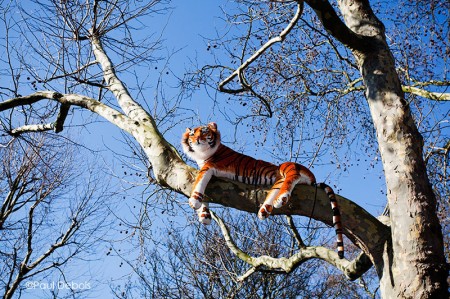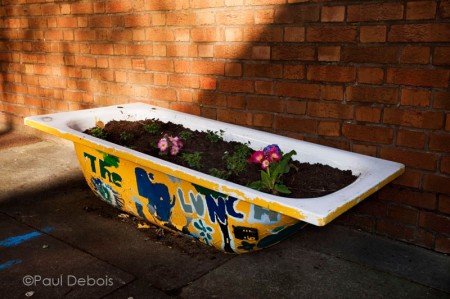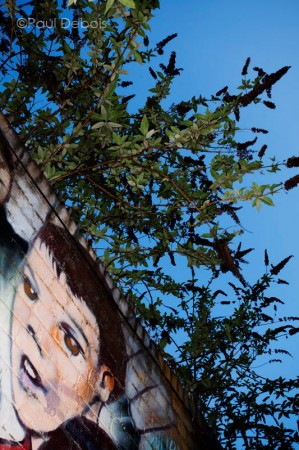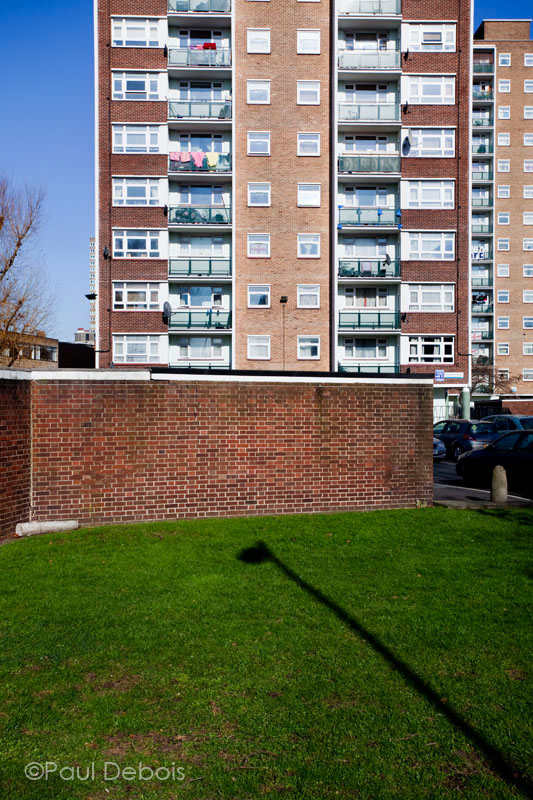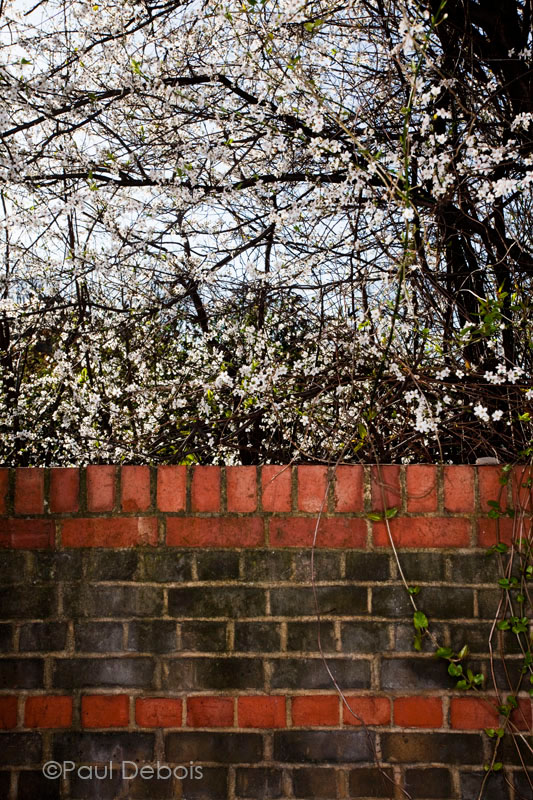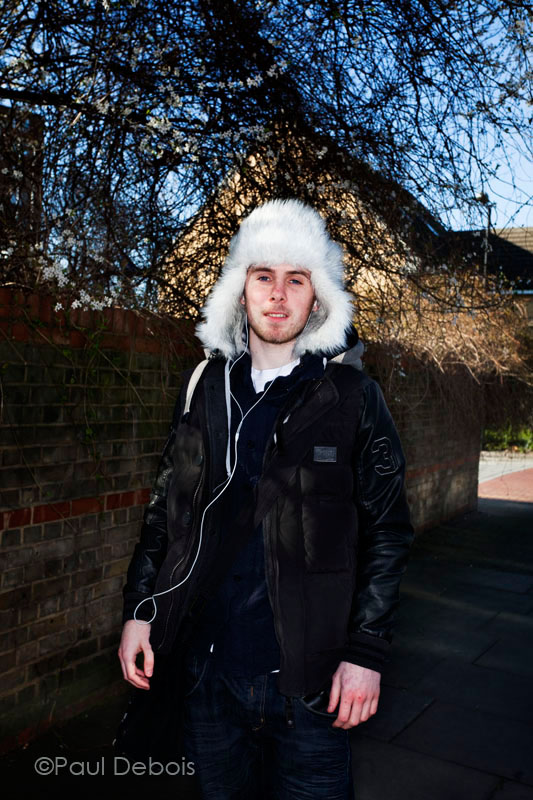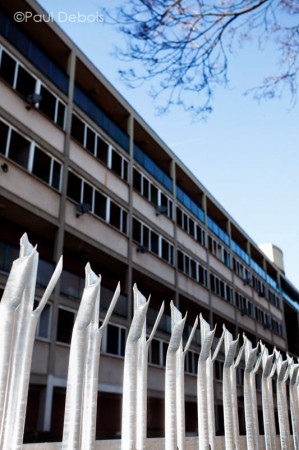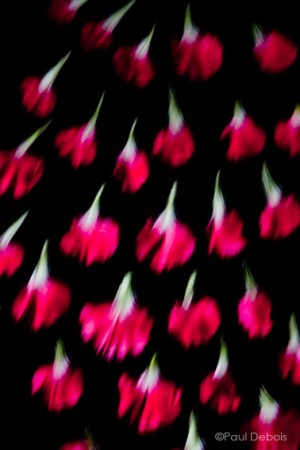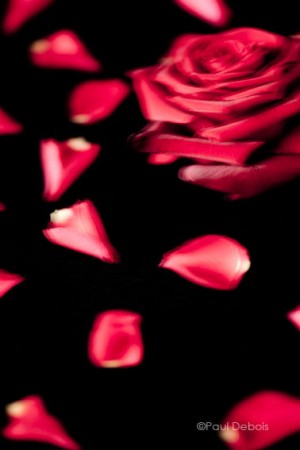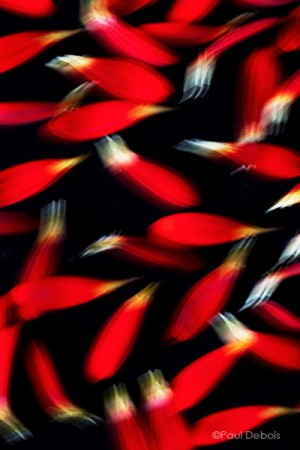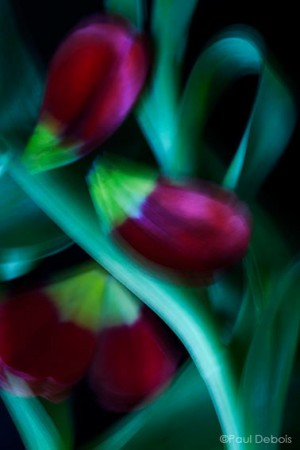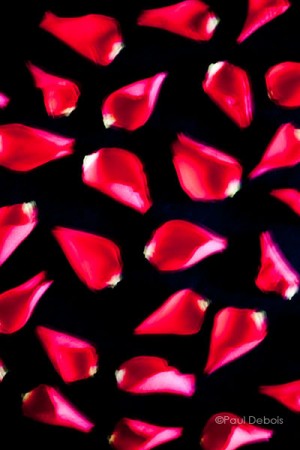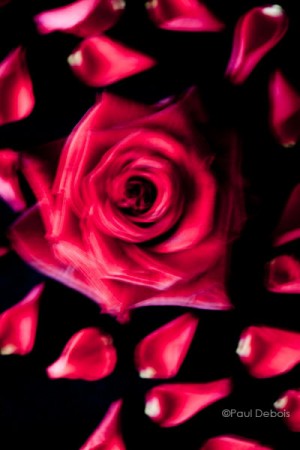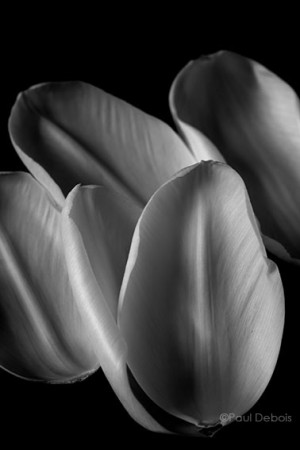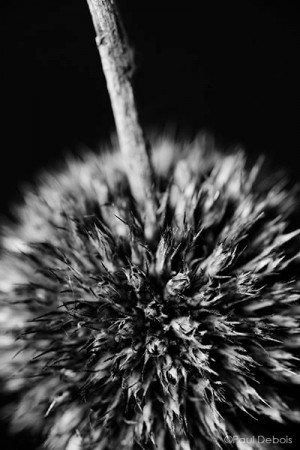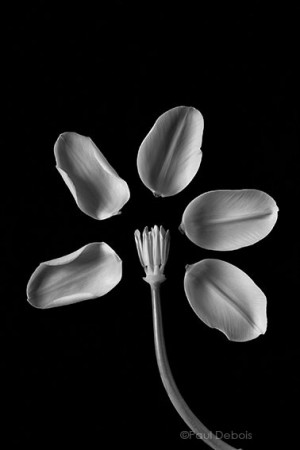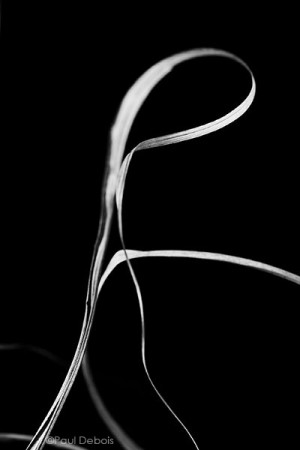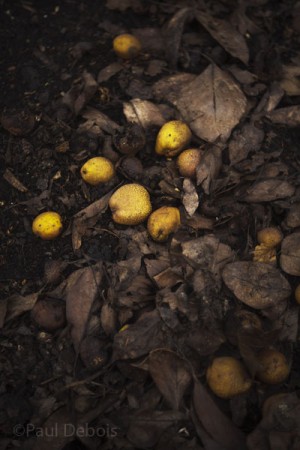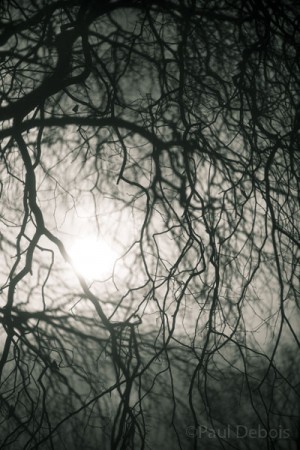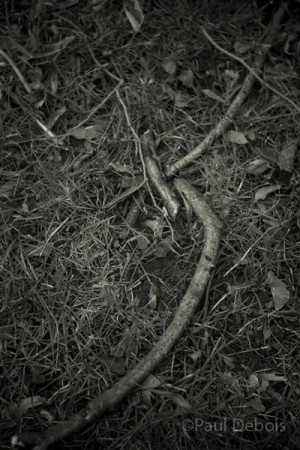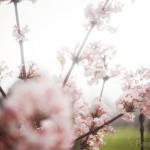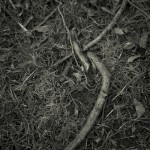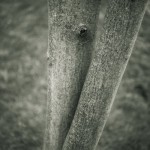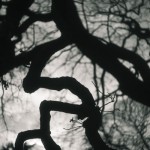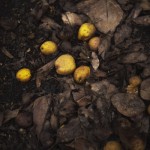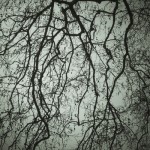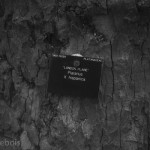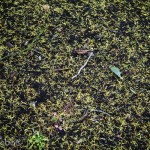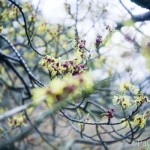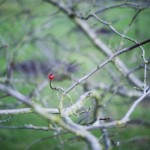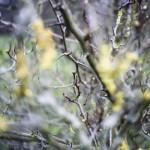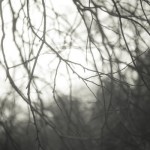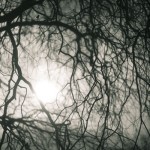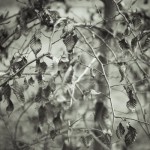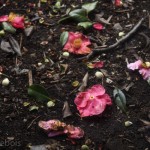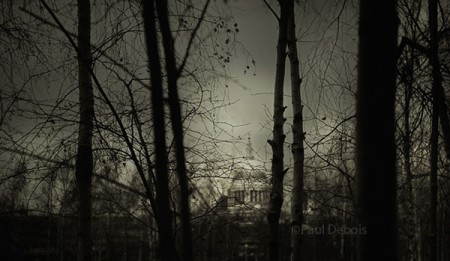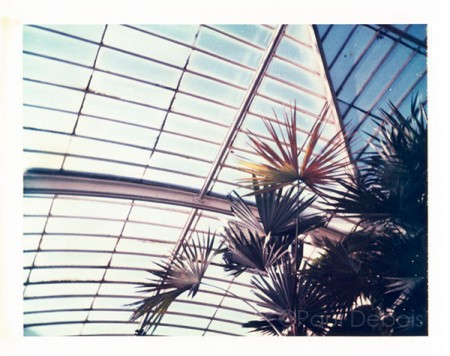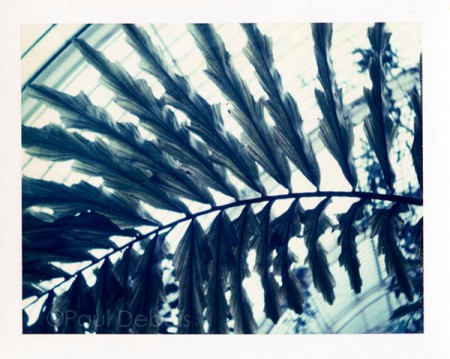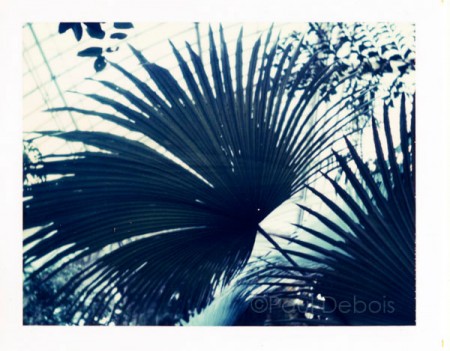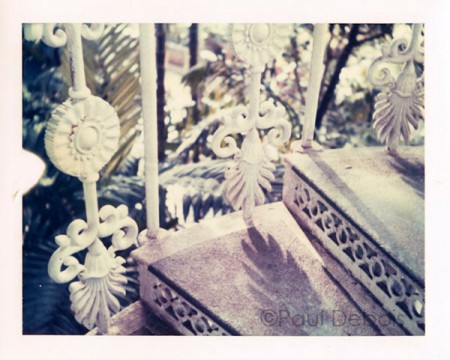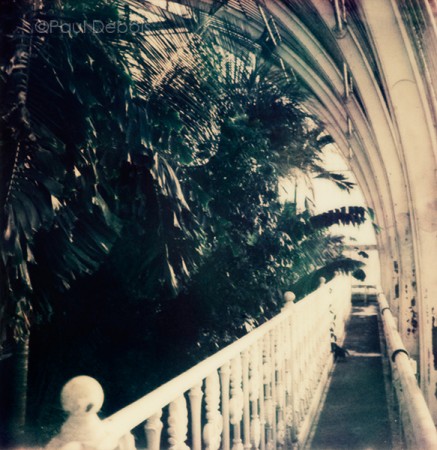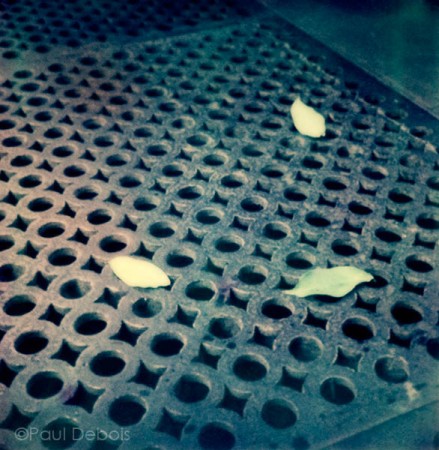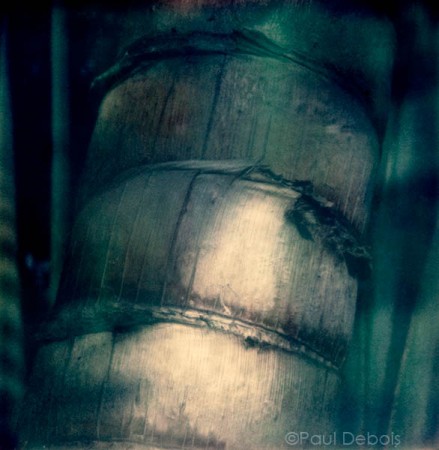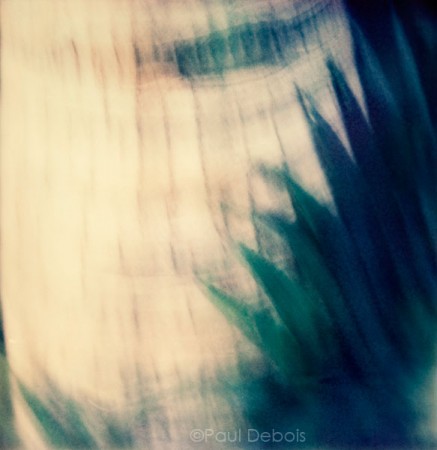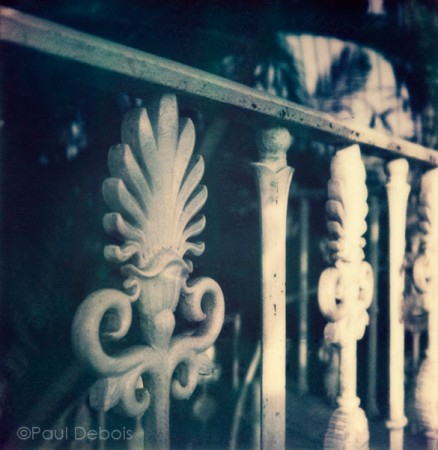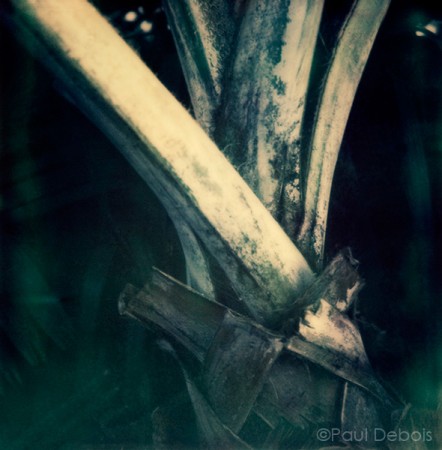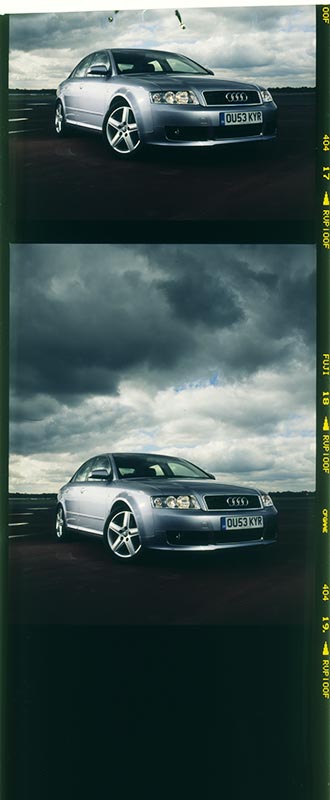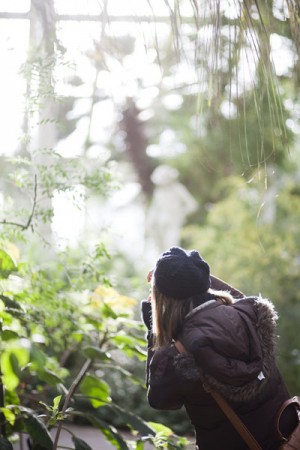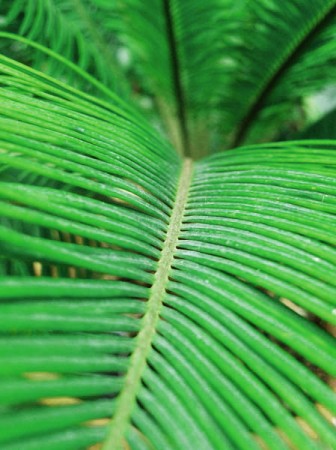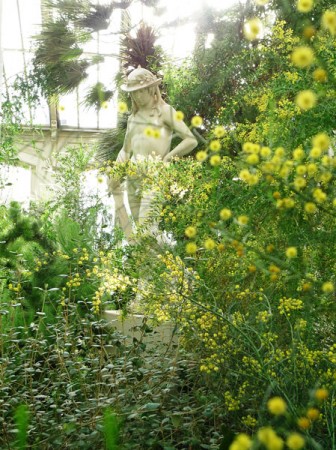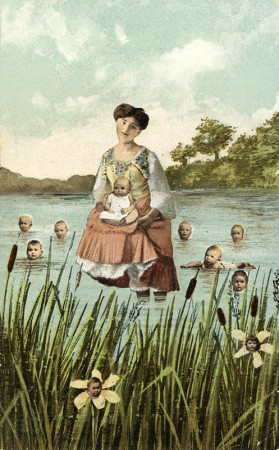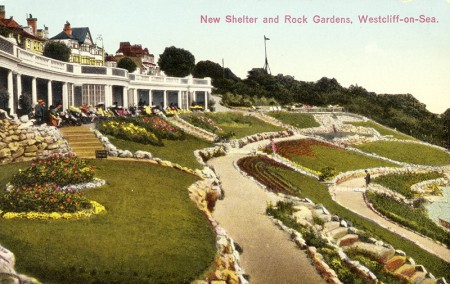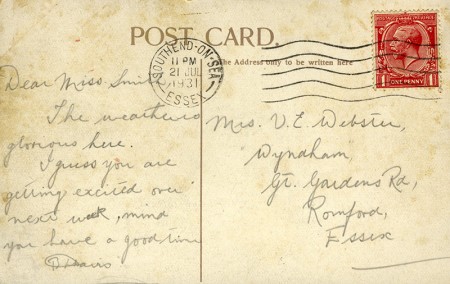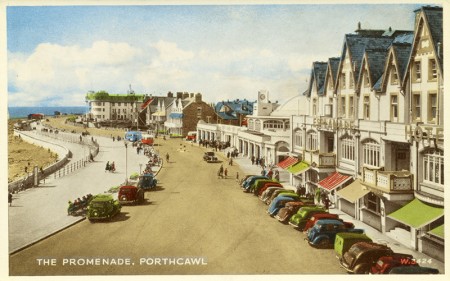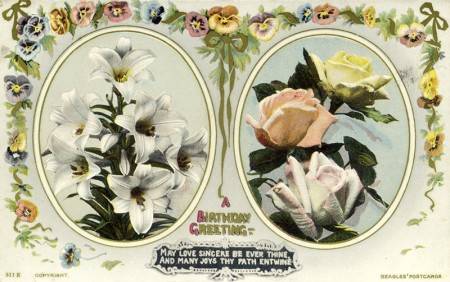A couple of weeks ago I saw a programme on TV about the reintroduction of certain animals into the wild in various parts of Europe and North America. Wolves and bears seemed to be the favourite cuddly beasts. So it was to my great surprise that whilst wondering around Bermondsey last week I stumbled upon a tiger! He seemed quite happy sitting in the tree, and appeared to be enjoying the sunshine. Not sure why he was there – doubt he knew either, so if anyone can explain, I’d be pleased to know!
Category Archives: photography
Bermondsey, 7.3.11
Exhibition at Fulham Palace, from 26th February
On Friday I hung 10 photographs in one of the galleries at Fulham Palace as part of a small exhibition which will run until early summer. The colour images are from a series which was inspired by fabric designs on a garment called a Mantón de Manila, or Manila shawl, which is worn by Spanish women. For more information see www.pauldebois.com. The black and white images are abstract flower studies from a series called Light and Line.
Kew Gardens, 18th February
A few test shots from a short visit to Kew Gardens last Friday. After four days of scanning, spotting and captioning some of my classic car photos, I felt I deserved a day out of the office!
I’m also trying a blog slideshow plug in, which has more images to scroll through. Hopefully it will view correctly in your browser. If you click on a large photo, it will stop the slides changing and display a full frame image. To restart the show, click on the background or thumbnail of your choice.
- Viburnum farreri
- twigs and branches, Kew Gardens
- Rhus chinensis
- Quercus robur or English oak
- Pyrus ‘pashia’ – windfall fruit
- Platanus x hispanica or London plane
- Platanus x hispanica or London plane
- Hamamelis intermedia
- Hamamelis intermedia
- Crataegus mohrii
- Crataegus baroussana
- Celtis laevigata ‘smallii’
- Celtis laevigata ‘smallii’
- Carpinus turczaninowii or Turczaninow’s Hornbeam
- Camelia japonica ‘cardinal’ petals on ground at Kew
How easy was it to ‘Photoshop in’ the trees?
It’s strange. In picture terms, people’s perception of reality is often hampered by a literal interpretation. A camera never lies. I suppose this is debatable – the choices a photographer makes when creating an image can distort perspective in a particular scene. But this is usually intended to create interest rather than to misinform. Most of the time.
In 2009 I had a print exhibited in the Association of Photographers Open exhibition. A moody shot of St Paul’s Cathedral – unusual, but not controversial. Or so I thought.
“It must have taken ages to ‘Photoshop in’ the trees,” is the usual comment. It happened again yesterday.
“No, it’s one shot”.
“But there aren’t any trees next to St Paul’s Cathedral”.
“Look from The Tate Modern,” I reply. It sometimes takes a bit of explaining, and it isn’t always believed. Computer trickery is always assumed.
So this is how I did it.
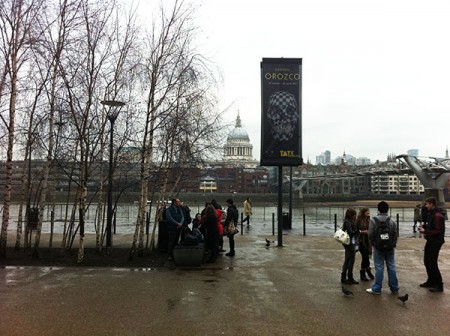
view towards St Paul's Cathedral taken from Tate Modern, a few metres to the right of the original camera position. Camera - iPhone.
Technique – 50mm lens, Canon 5D MKII. I stood with my back to the coffee cart at the Millennium Bridge entrance of the Tate. Click. Simple!
Shake it, shake, it like a Polaroid picture…..or not!
The instructions from Polaroid issued after the song by OutKast suggested you shouldn’t really shake your valuable instant photographs as they developed. In fact shaking is more likely to cause damage. So however energetic you feel, gently place each picture on a flat surface …..and watch it, watch it!
Apparently the idea of shaking your print came from using the old peel-apart material which had a damp surface immediately after developing. Shaking the prints helped them to dry – or so the say.
Yesterday I went to Kew Gardens to test my latest photographic acquisition, a Polaroid 320 camera. After much searching online, I had found some old 669 peel-apart film, which was seven years out of date. As it’s not made anymore, it’s hard to come by. It was a bit slow, and the prints had a very strong blue cast too, but I suppose this is the fun of it. And did I shake them? Yes!
So a few examples.
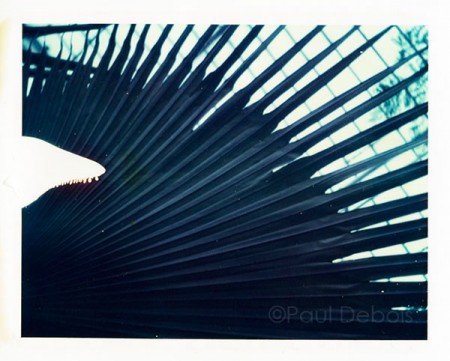
Palm House Kew Gardens - 669 Polaroid print, with the classic fault where the chemical gel fails to spread evenly over the print.
Just before Christmas I tried out another Polaroid camera, this time shooting SX-70 film. This you definitely didn’t shake. In fact it is so sensitive, it needed to be covered with black card as it was ejected from the camera to protect it from the light – then placed in my camera bag for at least five minutes. A complete P.I.T.A! Interesting results though.
Clip, judge and run
Strange how with the passage of time you start to look back with rose tinted spectacles. Three times over the last week I have had conversations about missing the routine of hanging round a film lab after a shoot. For me it was pretty much a daily occurrence, though at the time, I saw it as a real inconvenience.
The last E6 film I had processed was on 21st December 2004. I remember the shoot vividly. A freezing cold day at the Top Gear test track at Dunsfold. Forward 24 hours and a phone call from my lab… “There’s a problem with your action shots”. “Are they a bit dark?” I asked. “No, only about four shots have come out on each roll”.
I immediately left the Christmas party I was at and headed to the lab in Richmond. Three rolls of film were on the lightbox. Most frames had just half a car. Shutter failure. My trusty 14 year old EOS 1 had finally given up. The final straw. Digital beckoned.
Even Steve the E6 manager, who was part magician, part agony aunt, couldn’t help. He was usually there to reassure me with a cup of coffee. “Push that half a stop and it will be fine,” he would say. And he would be right. I frequently ran clip tests – a couple of frames cut off and processed for assessment before running and correcting the remainder of a roll. (See below). Not even he could work his magic this time.
Luckily there were enough useable photographs to salvage the job, which required action images to run over a DPS. More fortunately, I had used another camera for the rest of the shoot, so nothing else was effected.
Rose tinted spectacles? I went back into a pro lab for the first time for many years last summer. The slightly sweet smell of the warm chemistry, combined with filter coffee did bring back some fond memories. I suppose the time spent at a lab was a debrief session, where you caught up and gossiped with other snappers. This still happens, but in isolation, like much communication now, via email or Twitter. So would I really turn the clock back? No. For a lot of things, digital is too good.
What is wrong with my camera, the prints are all blurry?
The most frequent question I get asked as a photographer is, “What camera should I buy?” It is a very difficult question, so please have sympathy. There are so many things that can effect the answer. The biggest problem is that I, like most professional photographers, have very specific experience with one or two current camera models. I don’t use Nikon DSLR’s – not through any particular dislike. It’s just that I have a full set of Canon lenses, so switching to Nikon is uneconomic. It’s as simple as that. I occasionally use a Canon compact for holiday snaps, so I know even less about compacts. Except that the Lumix range of cameras is very good. Technically and as examples of industrial design – male jewellery and all that, I want one!
I remember vividly struggling to make sense of anything when I first got into photography, so it’s always flattering to be asked to help or give advice to friends and colleagues. I’m always happy to talk shop. Just try stopping me. I’ll discuss my favourite photographers, darkroom techniques, 19th Century print processes, even reciprocity law failure. But a warning – just pause for a moment and take a deep breath before asking, “What’s wrong with my camera, the prints are all blurry?” Clean the lens, be sure you’re not waving the camera like a flag when you press the shutter, and for those with autofocus lenses, do make sure that little button on the side of the lens is switched on. OK? Then I might be able to help!
And never tell me your camera doesn’t work without checking the batteries first – and then ask, “Have you got any spare batteries!”
Keep it simple, silly!
Over the last two or three years I have been running photo-sessions with colleagues who want to improve their photographic skills. An hour’s guidance can often help people see photography in a completely new way. Usually for personal work, or for those in the transitional stage between film and digital, I find teaching can be rewarding, especially when seeing someone make progress. In most cases, there is a eureka moment – a basic concept suddenly makes sense, with many other things slotting into place. As there is so much information available in books and online that it becomes difficult to work out what is useful and what is irrelevant. Or just plain wrong.
As I’ve been taking photographs since I was 14 or 15, the biggest problem I have is that I take for granted many basic skills. So I have to be careful. What is very obvious to me can be a complete mystery to someone who has just picked up a camera.
My natural inclination is to say, “Keep it simple”. Having a good idea in the first place will dictate how a camera is used, and skills will automatically develop with your particular needs. Buying loads of kit, and reading every technical instruction manual going, without a concept in mind will just befuddle you. You’re far better off looking at examples of good photography and developing an understanding of how other photographers work. This will help your own ideas evolve while you practice and take test shots. Expensive additional kit will then become obvious to you further down the line, so don’t go to a camera shop with an open cheque book.
On Friday I was asked by my colleague Veronica Peerless, a garden journalist, to accompany her on a visit to Kew Gardens. She needed advice on shooting and preparing images for web use, particularly for her blog. Coming from a magazine and TV production background, she is used do dealing with imagery, and has a good visual sense. But like a lot of people, she needed basic advice on the capabilities of a camera, to give her confidence when converting an idea into a useful finished product.
I’m not going to go into much technical detail here, as everyone has different needs. But Veronica had enough previous experience to understand aperture and shutter priority modes, so it was a case of grasping exposure compensation or the manual mode. Having grown up with film, and cameras with no auto settings, my preference is still manual. That’s just my choice. It does no harm learning this way though – slightly slower, but because you are controlling everything, it helps you to understand the effect each function has. You can quite easily flip into a semi-automatic mode later on.
We went through various shooting situations. As she will be writing about botanical subjects, close-up views, along with general scenes were essential topics. Her camera is a Panasonic Lumix DMC-LX3, a very good compact. I liked it because this was the first compact I had come across where the shutter and aperture controls remained ‘live’ on the camera screen, enabling quick toggling between the two in manual mode.
Shooting with a wide aperture is a popular technique with flowers, reducing the depth of field to the absolute minimum. I don’t think it is possible to create the really soft images that a DSLR or 35mm film camera fitted with a wide aperture lens can capture. This is something you need to weigh up. If this became essential, you would be better off with a DSLR. This was a slight frustration for Veronica, and was probably the only criticism of the camera. But if you are blogging, or are a garden designer taking reference shots, most of the time you should be fine with a compact, especially this one. You can carry it all the time without great inconvenience.
The top photograph is with the Lumix, with the zoom lens set to 12.8mm and an aperture of f2.8. My shot is on a full frame sensor Canon 5D with an 85mm lens set to F1.8. Not a fair comparison, but she wanted to see how I would work and see what her camera would do in a similar situation.
We tried various close-up tests and landscape views as well as into-the-light shots inside the Temperate Greenhouse – always a bit tricky. As there is a large contrast range, any camera, whether film or digital will struggle here. It’s a case of accepting the limitations – and even making use of them. Her image below is a good pro standard shot, the limitations previously discussed not playing a part.
All of the files we took were processed on a computer later in the day. I didn’t want to make this a really hardcore digital session, as she does not intend to spend hours working in photoshop. I showed her how to make basic colour corrections and to resize for web use manually – but I also created an automated batch action in Photoshop, to resize and save for web. This should be sufficient for the time being! So, all in all, an enjoyable day, with a nice relaxed session. She said it was a revelation – we shall see. I intend to test her in the near future!
The grass was always greener.
I’m a bit of a collectoholic, much to the annoyance of my wife. Usually of things that contain photographs, especially books and vinyl records. But on Saturday I found some old postcards in an antique shop in Shrewsbury. I wouldn’t normally buy these, but one in particular caught my eye. It’s just odd – a hand-tinted photo montage, with a touch of Terry Gilliam thrown in. It is almost sinister. There’s no reference as to what it represents – maybe The Water Babies – or perhaps it’s religious…….or both. Any suggestions?
Flicking through the the large box I also found some seaside cards, many retouched to within an inch of their lives. Was the grass always greener in the 1930’s? Not sure if they were ever considered reality, but I can remember seeing all the card carousels outside shops on my holidays to Swanage in the 1960’s. I bought a couple out of curiosity. And you couldn’t have a card without the classic line, “The weather is glorious here.” Maybe it was always sunny in Westcliff-on-Sea.
The last is a classic birthday card. You could probably find something with a similar feel in your local shop today, though not with the same class. I’d like to find more flower studies, especially the really brash, less tasteful ones. My wife doesn’t know this yet!

